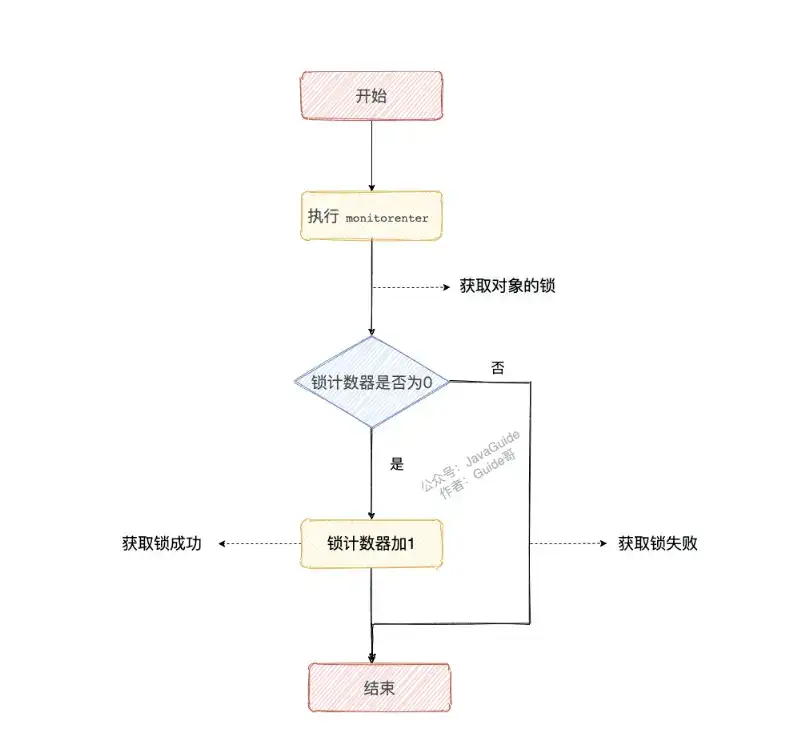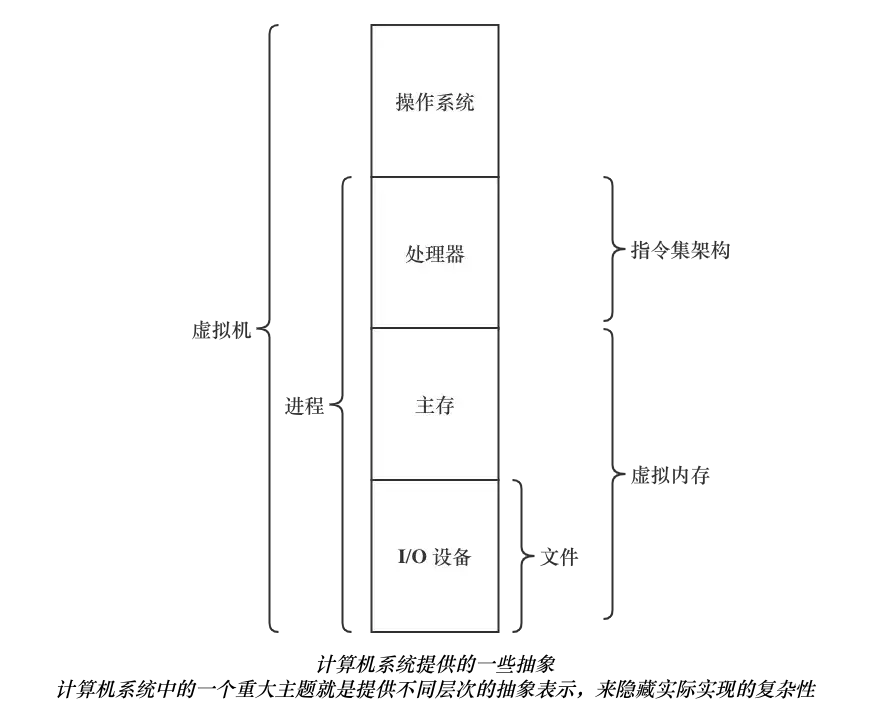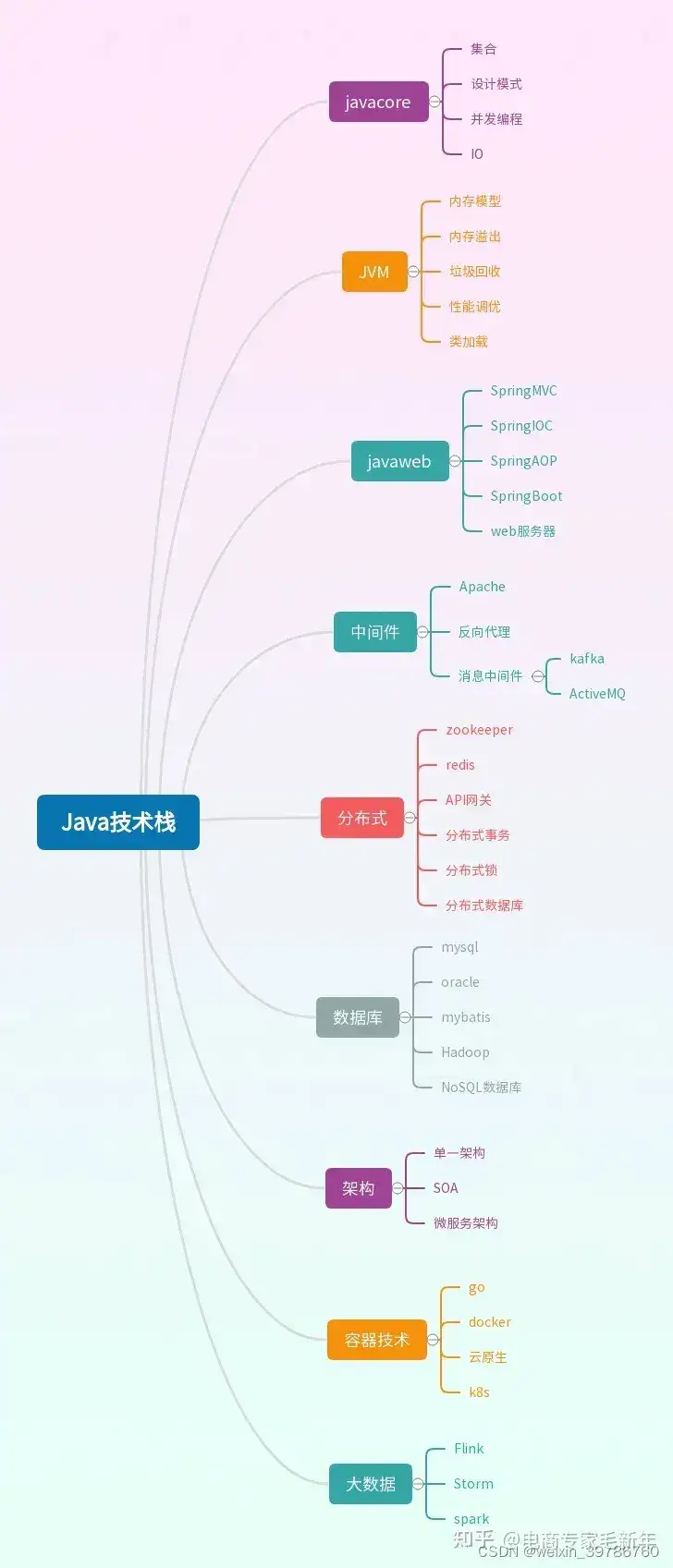返回
深入剖析 Golang Heap 源码
后端
2023-09-06 06:45:22
前言
在计算机科学中,堆是一种重要的数据结构,广泛应用于各种场景。它是一种基于完全二叉树构建的特殊数据结构,具有独特的性质,使它在某些场景下具有优异的性能。Go 语言内置的 heap 包提供了堆数据结构的实现,允许开发者在代码中轻松使用堆。
堆的基本概念
堆是一种完全二叉树,其中每个节点的值都大于或等于其子节点的值。堆可以分为最小堆和最大堆。在最小堆中,根节点的值是最小的,而在最大堆中,根节点的值是最大的。
堆有以下几个重要的性质:
- 完全二叉树:堆是一棵完全二叉树,这意味着除了最后一层之外,其他层的每个节点都必须有两个子节点。
- 堆序性:堆具有堆序性,即每个节点的值都大于或等于其子节点的值。
- 平衡性:堆通常是平衡的,这意味着树的左右子树的高度差不会超过 1。
Golang Heap 的实现
Go 语言的 heap 包提供了堆数据结构的实现。heap 包中的主要类型是 Heap,它是一个指针,指向一个堆结构。Heap 结构包含以下几个字段:
- arr:一个存储堆中元素的数组。
- len:堆中元素的数量。
- cap:堆的容量。
heap 包还提供了以下几个函数来操作堆:
- Init:创建一个新的堆。
- Push:将一个元素推入堆。
- Pop:从堆中弹出堆顶元素。
- Peek:获取堆顶元素。
- Len:获取堆中元素的数量。
- Cap:获取堆的容量。
堆的应用
堆在计算机科学中有着广泛的应用,包括:
- 优先级队列:堆可以实现优先级队列,优先级高的元素可以优先出队。
- 排序算法:堆可以实现堆排序算法,是一种高效的排序算法。
- 哈夫曼编码:堆可以用于哈夫曼编码,哈夫曼编码是一种无损数据压缩算法。
- 图形算法:堆可以用于某些图形算法中,如 Prim 算法和 Dijkstra 算法。
剖析 Golang Heap 源码
在 Go 语言的源码中,heap 包位于 src/runtime/heap 目录下。该目录包含了堆数据结构的实现以及相关的函数。
heap 包的主要代码如下:
package heap
import (
"errors"
"sort"
)
// Heap is a min-heap.
type Heap struct {
arr []interface{}
len int
cap int
less func(a, b interface{}) bool
}
// Init initializes a heap with the given capacity and less function.
func Init(h *Heap, cap int, less func(a, b interface{}) bool) {
h.arr = make([]interface{}, cap)
h.len = 0
h.cap = cap
h.less = less
}
// Push pushes an element into the heap.
func (h *Heap) Push(v interface{}) {
if h.len == h.cap {
panic("heap: heap is full")
}
h.arr[h.len] = v
h.len++
up(h, h.len-1)
}
// Pop pops the top element from the heap.
func (h *Heap) Pop() interface{} {
if h.len == 0 {
return nil
}
v := h.arr[0]
h.arr[0] = h.arr[h.len-1]
h.len--
down(h, 0)
return v
}
// Peek returns the top element from the heap without removing it.
func (h *Heap) Peek() interface{} {
if h.len == 0 {
return nil
}
return h.arr[0]
}
// Len returns the number of elements in the heap.
func (h *Heap) Len() int {
return h.len
}
// Cap returns the capacity of the heap.
func (h *Heap) Cap() int {
return h.cap
}
// up moves the element at the given index up the heap until the heap property is satisfied.
func up(h *Heap, i int) {
for i > 0 && h.less(h.arr[i], h.arr[(i-1)/2]) {
h.arr[i], h.arr[(i-1)/2] = h.arr[(i-1)/2], h.arr[i]
i = (i - 1) / 2
}
}
// down moves the element at the given index down the heap until the heap property is satisfied.
func down(h *Heap, i int) {
for {
j := 2*i + 1
if j >= h.len {
break
}
if j+1 < h.len && h.less(h.arr[j+1], h.arr[j]) {
j++
}
if h.less(h.arr[i], h.arr[j]) {
break
}
h.arr[i], h.arr[j] = h.arr[j], h.arr[i]
i = j
}
}
// Sort sorts the given slice using the heap sort algorithm.
func Sort(arr []interface{}, less func(a, b interface{}) bool) {
h := &Heap{}
Init(h, len(arr), less)
for _, v := range arr {
h.Push(v)
}
for h.len > 0 {
arr[h.len-1] = h.Pop()
}
}
从这段代码可以看出,Go 语言的堆数据结构是一个基于数组实现的最小堆。Heap 结构包含了一个数组 arr 来存储堆中的元素,以及一个 len 字段来记录堆中元素的数量。Init 函数用于初始化堆,Push 函数用于将一个元素推入堆,Pop 函数用于从堆中弹出堆顶元素,Peek 函数用于获取堆顶元素,Len 函数用于获取堆中元素的数量,Cap 函数用于获取堆的容量。up 函数和 down 函数用于维护堆的堆序性。Sort 函数使用堆排序算法对给定的数组进行排序。
结语
堆数据结构是计算机科学中一种重要的数据结构,在各种场景下都有着广泛的应用。Go 语言内置的 heap 包提供了堆数据结构的实现,允许开发者在代码中轻松使用堆。





